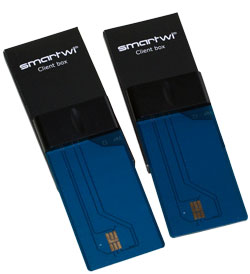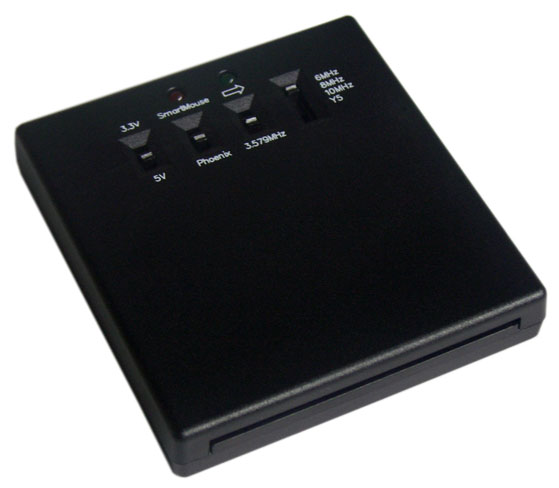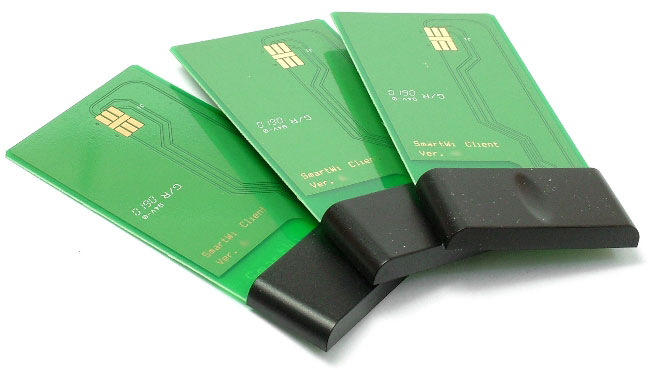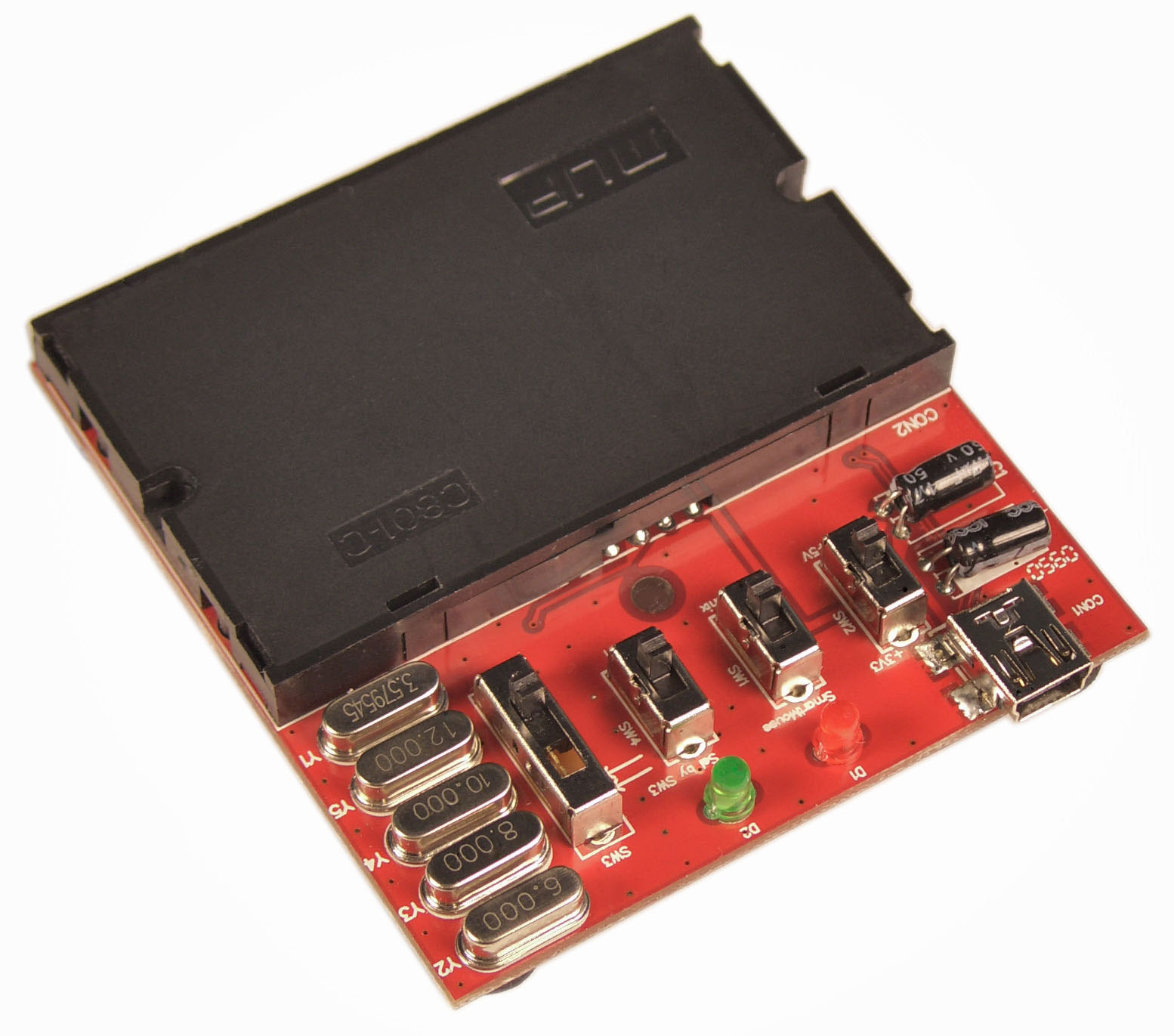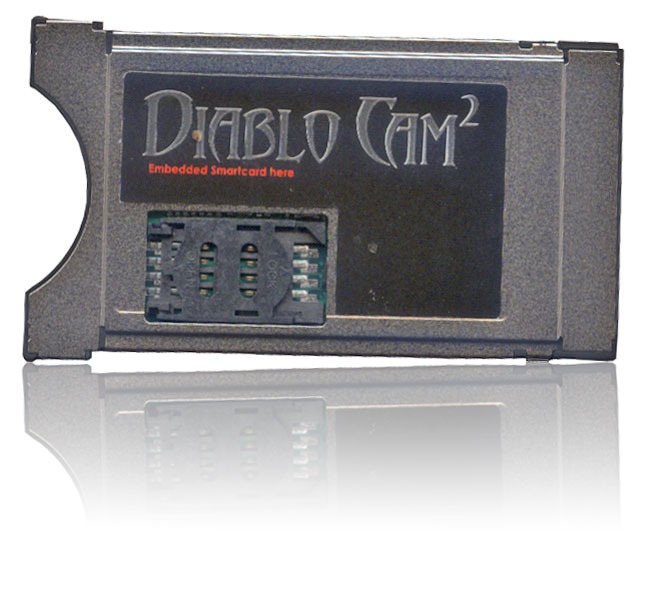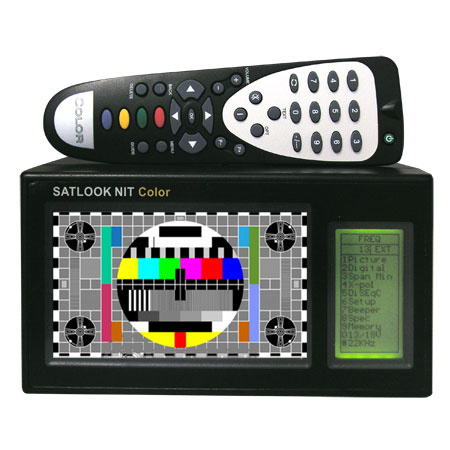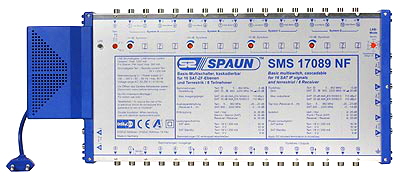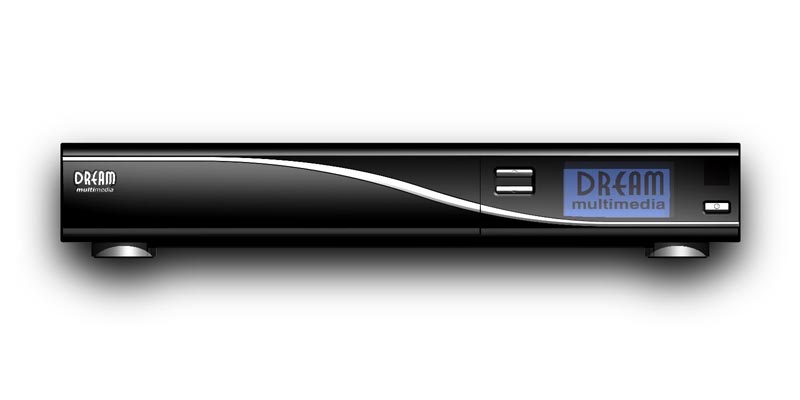
- 400 MHz MIPS Processor
- Linux Operating System
- brilliant big-size OLED – Display
- MPEG-2 /H.264 Hardware decoding
- TWIN DVB-S2 tuner
- 2 x Plug&Play tuner sockets optional for DVB-S, DVB-C or DVB-T
- 4 x DVB Common-Interface Slot
- 2 x Smartcard-Reader
- V.24/RS232 Interface
- Integrated Compact Flash and SD Card Slot
- 10/100 MBit compatible Ethernet Interface
- 3 x USB 2.0 (1 x front, 2 x back)
- S/PDIF Interface for digital bit stream out (AC-3)
- 2 x Scart-interfaces
- S-Video
- YPrPb (Component)
- DVI
- Audio/Video cinch out
- 128 MByte Flash, 256 MByte RAM
- 2 x integrated SATA
– support for internal HDD 3,5″ in any capacity
– support for SATA SlimLine DVD
- embedded WiFi (Mini-PCI device inl. antenna)
- unlimited channel lists for TV/Radio
- channel-change time < 1 second
- automatic service scan
- directly bouquet-lists
- EPG (electronic program guide)
- Videotext Decoder
- multiple LNB-Switching control (DiSEqC)
- OSD in many languages and skin-support
DreamBox DM8000 technical data
DBS-Tuner:
Frequency Range 950…2150 MHz
QPSK Demodulation EN 302 307
Signal Level – 65 dBm…- 25 dBm
Signal-to-Noise Level 12 dB max.
DBS-Tuner Input Connector F-Type female
Input Impedance 75 Ohm
AFC +/- 3 MHz
Demodulation Shaped QPSK and 8PSK
FEC Viterbi and Reed-Solomon
Viterbirate 1/4, 1/3, 2/5, 1/2, 3/5, 2/3, 3/4, 4/5, 5/6, 8/9
Roll-off Factor 35 %
Common-Interface:
Common-Interface Power Consumption max. 0,3A/5V
Video decoder:
Video Compression MPEG-2 / H.264 and MPEG-1 compatible
Video Standard PAL G/ 25 Hz, NTSC
Video Formats 4:3 / 16:9
Letterbox for 4:3 TV-Device
Audio decoder:
Audiokompression MPEG-1 & MPEG-2 Layer I and II, MP3
Audio Mode Dual (main/sub), Stereo
Frequency: 32 kHz, 44.1 kHz, 48 kHz, 16 kHz, 22.05 kHz, 24 kHz
Output analog:
Output Level L/R 0,5 Vss on 600 Ohm
THD > 60 dB (1 kHz)
Crosstalk < -65 dB
Output digital:
Output Level 0,5 Vss on 75 Ohm
Sampled Data Filtering 32 kHz, 44.1 kHz, 48 kHz
S/PDIF-Output optical, coaxial (AC3)
Video parameter:
Input Level FBAS 1 Vss +/- 0.3 dB on 75 Ohm
Teletext filter in conformity with ETS 300 472 Standard
TV-Scart:
Output: FBAS, RGB, S-Video
VCR-Scart:
FBAS
Serielle Interface RS 232:
Typ RS232 bidirectional
Bitrate 115,2 kBit/s max.
Plug Connector SUB-D-9
Function: Update of Firmware
Ethernet:
10/100 MBit compatible interface
Function: Update of Firmware
USB:
USB 2.0 connector (3x)
SATA Interface:
for internal HDD
Compact Flash – Reader
SD Card – Reader
LNB power and polarisation per tuner:
LNB Current 500mA max.; short-circuit-protected
LNB Voltage vertical < 14V no load, > 11,5V at 400mA
LNB Voltage horizontal < 20V no load, > 17,3V at 400mA
LNB power off in Standy mode
Count of active satellite position:
DiSEqC 1.0/1.1/1.2 and USALS (Rotor Control)
Power consumption:
< 30W (in operation, horizontal polarization / 400mA LNB current)
< 25W (in operation, no LNB)
< 2W (Deep-Standby-Mode)
Input voltage:
230V / 50 Hz alternating current +/- 15%
110V / 60 Hz alternating current +/- 15%
Physical specification:
Ambient Temperature +15°C…+35°C
Humidity < 80%
Size (W x D x H): 430 mm x 280 mm x 90 mm
